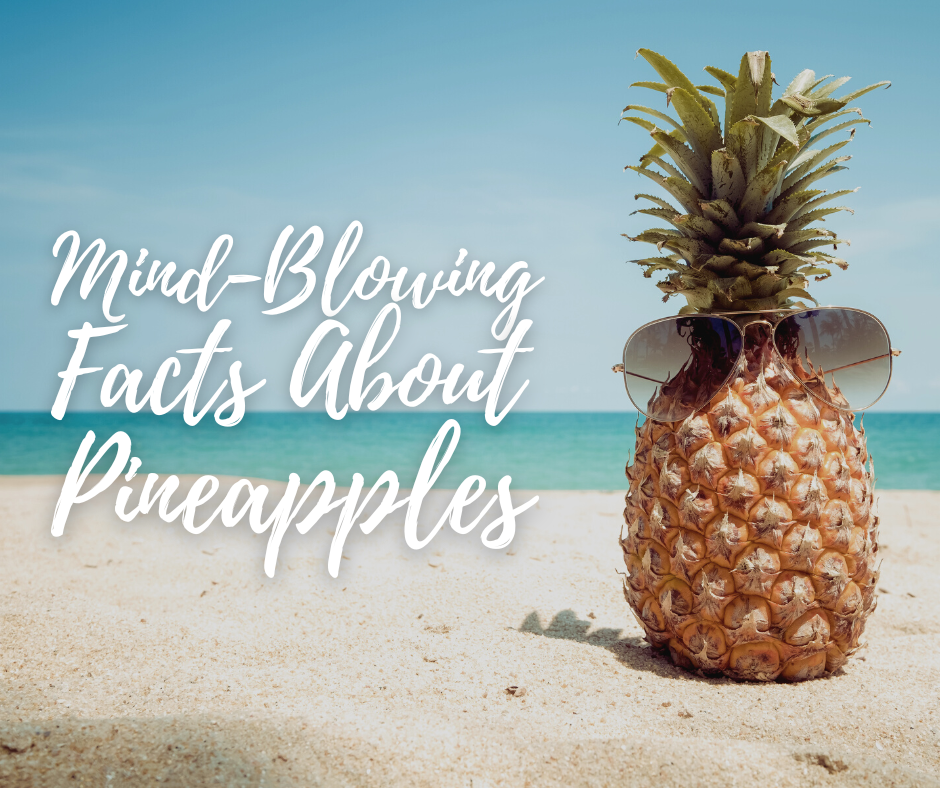
Pineapples are more than just the fruit that Spongebob Squarepants lives in. Besides pineapples being one of the best fruits for your immune system, there are plenty of other reasons to love them. Don’t believe us? Just check out all of these fascinating facts about pineapples that will turn you into a fan in no time.
The word “pineapple” first appeared in print in 1398.
Here’s the first of many facts about pineapples. The first time the word “pineapple” was used in English was in 1398. It refers to the conifer trees’ reproductive systems. Because it resembled what is now known as the pine cone, European explorers encountered a prickly tropical fruit that they came to refer to as pineapples (a word first documented in that meaning in 1664) (originally called pineapples). In 1694, the phrase “pine cone” was first noted, taking the place of the word’s original meaning.
It can take a pineapple up to three years to develop into a plant.
The fruits of a pineapple’s labor are only available once it has achieved full maturity, which could take up to three years. Some plants cultivated as houseplants might not even attempt to blossom or bear fruit.
It even used to be viewed as a symbol of luxury and opulence.
According to legend, Christopher Columbus traveled overseas in the 1490s and brought the first pineapples from Guadeloupe to Europe. The fruit quickly became popular with Spain’s rulers and was in high demand. The availability of pineapples started to rise by the 17th century. However, it was only for the very affluent like Louis XV, Catherine the Great, and Charles II. Pineapples from the Caribbean islands could still command astronomical prices as late as the 1700s. They occasionally sold for the equivalent of $8,000 in modern currency.
Hawaii’s three-acre Dole Plantation Pineapple Garden Maze is the world’s largest maze.
Dole Plantation Pineapple Garden Maze is dubbed the biggest pineapple garden maze in the world in the late 2000s. It covers three acres and features approximately two and a half miles of passageways made from 14,000 vibrant Hawaiian plants. Interestingly, in Hawaiian, halakahiki (foreign fruit) refers to the pineapple.
Houseplants? Yeah, really!
By removing the spiky green crown, you can transform a pineapple into a houseplant. Like you would wring out a damp towel, twist it off in one fluid motion. Since you aren’t trying to sprout roots right away, unlike other plant cuttings, you should let the top dry out and “cure” for a few days before putting it in water. Remove the bottom few leaves around the crown’s base, thus leaving only the stem. Plant the pineapple top in the center of a sizable pot after filling it with top-notch soil. Your new pineapple plant should have no trouble taking root and growing into a robust new plant in approximately two months. Just make sure you put the pot in a location with plenty of sunlight and frequently water the top.
Forget what anyone says! Pineapples are great on pizza, and that’s facts!
One of the most well-known—and infamous—ways to utilize pineapple is on Hawaiian-style pizza, even though it’s also a favorite component in cocktails, grilled on the grill, sliced in salads, and blended with Chinese food. You might also be astonished to learn that no island is where that concept originated. It started in Chatham, Ontario, a small Canadian town. Sam Panopoulos, a Greek-born pizza shop owner, reportedly decided to add some pineapple to a pizza he was preparing in 1962 just for fun and to “see how it was going to taste.”
The experiment gained worldwide notoriety after it grew in popularity. Pineapple (along with anchovies) is one of the most contentious toppings you can put on America’s favorite cuisine.



